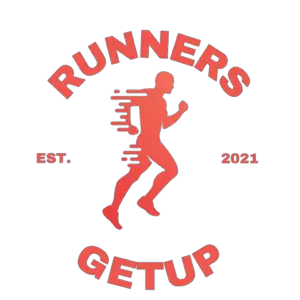This post contains affiliate links.
A lot of lifters, especially beginners, are afraid to run or do any form of cardio after lifting. But does running after lifting kill gains?
Running after lifting will not affect gains. As a matter of fact, low to moderate-intensity running after lifting help reduce muscle soreness and aid recovery which is vital for muscle growth.
Ahead, we will discuss why running after lifting is actually good for you. We’ll also look into the precautions of running after lifting as well as discuss how long you should run after lifting.
Combining Weight Training and Cardio
It wasn’t so long ago that weight training and cardio are in totally opposite worlds. However, recent studies and the rise of functional training and CrossFit have created a common ground between strength and endurance athletes.
Some lifters are afraid that doing cardio while they’re trying to build mass will affect their gains. But that’s just not the case. If you look at athletes who spend a considerable amount of time in both worlds, they don’t actually look skinny.
As a matter of fact, they look jacked and strong despite doing cardio almost every day. CrossFit athletes are great examples. These athletes can squat close to 500 lbs, and yet they can run a half marathon at a moment’s notice.
Combining weight training and cardio can and should be done to further improve one’s physical fitness and quality of living.
(Related: Running vs Gym: Which is Better?)
Why Running After Lifting is Actually Better For Building Muscle
Contrary to the myth that lifting after strength training will ruin your gains, it’s actually a good thing. And here’s why:
- You’ll be stronger in the gym – Running before lifting will deplete your glycogen stores which can ruin your performance when you lift weights shortly after.
- Your cardiorespiratory system will improve – Have you ever tried failing a set because you just don’t have the stamina to finish your set? Running improves your cardiorespiratory system and improves your body’s ability to recover.
- It reduces DOMS (Delayed Onset Muscle Soreness) – Doing light to moderate intensity cardio after a strength workout is actually effective in reducing the effects of DOMS. A 2012 study revealed that athletes who performed 20 mins of moderate-intensity aerobic activity after a strength workout showed significantly lower DOMS.
Precautions
Although running after lifting is a good thing, you must consider the intensity of your runs. Running at high intensity like threshold runs, sprints and HIIT can add further strain on your muscles which will delay its recovery and affect your training performance the next day.
That said, keep your post-training runs at a moderate intensity to help support your recovery.
Don’t run every after strength training. If your goal is to build muscle, focus on strength training and give your body ample time to recover every once in a while. That means you should have some days where you don’t run after workouts. Instead, spend that time applying self-massage, rolling, or going to ice baths.
Lastly, schedule your post-workout runs on non-leg days. Running is a leg dominant workout and you don’t need that extra strain right after you beat your legs up.
How Long Should You Run After Lifting
20-45 mins of moderate-intensity running are enough to improve your endurance and help prevent muscle soreness.
Does Too Much Cardio Affect Gains?
Yes, too much cardio affect gains. Doing too much cardio puts your body in a catabolic state where it will start to break down tissue — and yes that includes your muscle.
I suggest you limit your cardio to 60 mins per session to prevent this from happening.
Final Thoughts
True fitness requires you to be good at both worlds. That is why combining cardiovascular exercises with strength training is actually a good idea.
The timing and duration of your running will depend on your personal goals. If you’re an endurance athlete, then it is best if you do your runs first before your lift weights. That way, you are able to perform at your best on workouts that matter.
In contrast, if your goal is strength and mass, do your strengthening exercises first. That will ensure you don’t deplete your energy so you can lift heavier weights.
